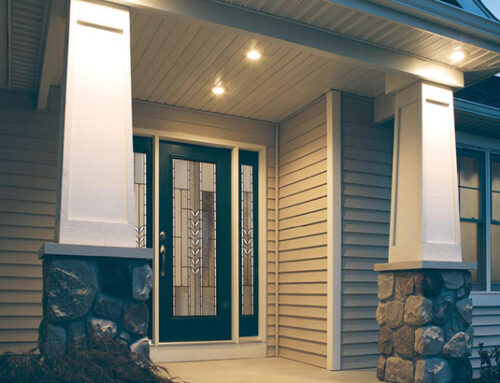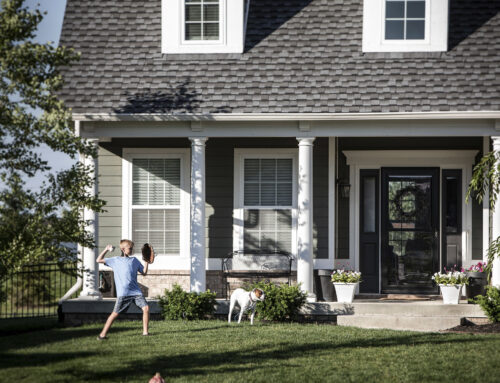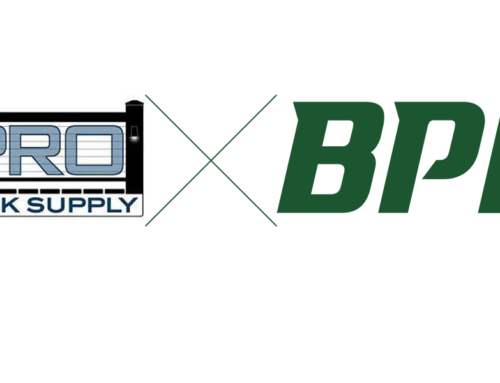Once you turn on your home’s heating system or start up the fireplace, you’re going to want to keep that warm air inside and the frigid air out. To do this, make sure your home is properly insulated, your roof and HVAC system are in good condition, and any gaps or cracks in your home are sealed.
The folks at BPI, the Midwest’s premier supplier of superior building materials since 1957, would like to share their winter preparedness tips for homeowners and property managers.
How Homeowners and Property Managers Can Get Ready for Winter Weather
Before temperatures begin to drop, review the following tips to ensure your home is equipped to withstand the winter season.
Attics and Insulation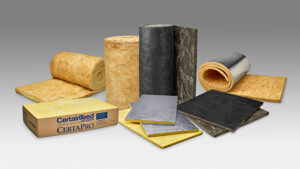
According to estimates from the Environmental Protection Agency (EPA), homeowners who install insulation in their attics can save an average of 15% on heating and cooling costs and 11% on total energy costs.
Saving money is just one reason to insulate your attic, failing to do so can also leave your attic vulnerable to ice dams. Ice dams occur when heat from the attic melts the snow on the roof. Once the melted ice refreezes, it can push apart and damage the roof, leading to leaks.
To avoid ice dams and exorbitant energy bills, outfit your attic with pre-cut sheets of fiberglass insulation from CertainTeed. Their insulation calculator can also give you a quick estimate of how much insulation you’ll need to ensure your home is comfortable and saving money.
Roof Inspection
 While adding insulation to your attic can help protect your roof from melting and refreezing ice, another way to prepare your roof for the winter is to hire a professional contractor to inspect your roof. A professional will know what types of damage to look for to ensure you’re protected from leaks.
While adding insulation to your attic can help protect your roof from melting and refreezing ice, another way to prepare your roof for the winter is to hire a professional contractor to inspect your roof. A professional will know what types of damage to look for to ensure you’re protected from leaks.
If the contractor spots vulnerable areas in your roof, a product like the StormGuard® self-sealing leak barrier can be used to prevent leaks caused by wind-driven rain, ice dams, and backed-up gutters. As another safeguard against leaks, be sure to clean out accumulated debris from gutters and downspouts.
Weatherstripping and Caulking
In addition to water leakage, you’ll also want to take the necessary precautions to prevent air leakage during the winter months. To do so, you should:
- Fill holes and cracks in your home’s structure with an acrylic-latex caulk or expanding foam sealant
- Replace worn sealing around exterior doors with a weather-sealing solution from Quanex
- Seal up drafty outlets with foam-rubber outlet gaskets
- Make sure fireplaces are sealed with an airtight tempered glass door
- Consult a contractor who can assess the seals around your chimney
While caulking your windows and other gaps in your home’s structure can be effective at keeping the cold out, installing storm doors and windows — or replacing any that are leaking air — is the best way to fight the winter cold.
Pipe Insulation
Pipes are another component of your home that will need insulation in the cooler months. To protect your pipes:
- Insulate them with foam-rubber sleeves or insulated wraps
- Install a smart water monitor to look for unusual spikes in water usage, as this may indicate a leak
- Turn off the water flowing to outside faucets
Winterizing your home’s pipes will help prevent freezing and bursting, reducing your risk of costly water damage.
Decking
Before the change of seasons, power wash your deck and add sealant if needed. If you have the means, replace worn-out decking with BPI’s composite decking products. Composite decking is durable enough to withstand intense weather conditions, while still being quick and easy to install. It can also resist mold, mildew, and moisture damage.
HVAC
Up until this point, we’ve primarily focused on keeping the cold air out of your home. To help ensure the cozy, warm air stays in your home: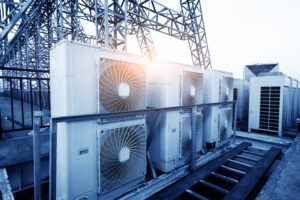
- Have your furnace checked in the fall to ensure it’s working optimally
- Make sure to change your furnace air filters consistently throughout the year
- Install a programmable thermostat to automatically start heating your home when you leave for work
- Set your fan blades to spin in a clockwise direction so the rising warm air can circulate throughout the rest of your home
Keep Yourself and Your Home Safe This Winter
As you protect your home from winter weather, be sure to also take steps to protect yourself and your loved ones.
Make sure your smoke detector batteries are charged and install carbon monoxide detectors. Also, consider having your fireplace cleaned by a professional. Professional chimney sweeping rids your fireplace of excess soot and debris, which can be a fire hazard. It can also uncover any issues you may have with your chimney cap so you can address them promptly.
Get ready for winter! Stop at your local lumberyard to pick up all the necessary items to protect your home or business against the elements and keep everyone in it safe and sound.


